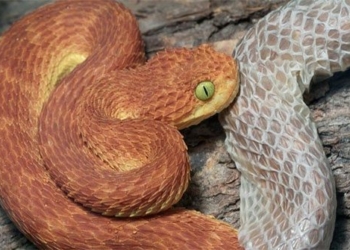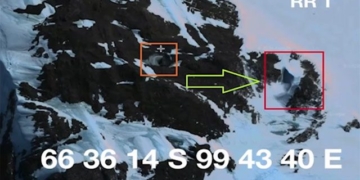There are many reasons why archaeologists have not excavated deeper into the tomb of Emperor Qin Shi Huang, despite the fact that much of the surrounding area has been explored.
The tomb of Qin Shi Huang, the resting place of China’s first emperor, has long piqued the curiosity of archaeologists and tourists alike. Since its discovery in 1974, the tomb complex, with its magnificent terracotta army, has attracted millions of visitors each year.
For archaeologists, the tomb of Qin Shi Huang is filled with mysteries and holds immense historical significance. But why haven’t archaeologists dug deeper into the inner chambers of the Qin mausoleum?
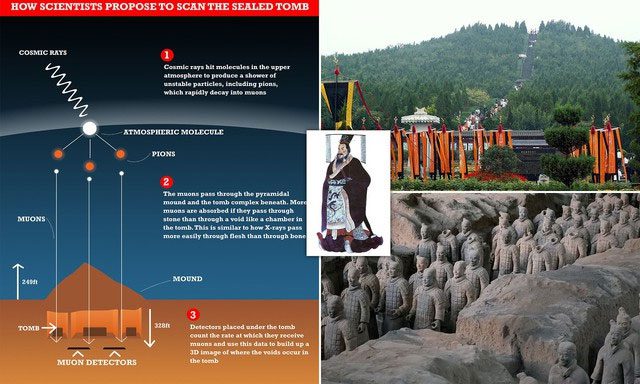
The tomb of Qin Shi Huang is located in the Li Mountains, in Shaanxi Province, China. The vast tomb complex includes many auxiliary tombs, stone statues, and is most famous for the terracotta army. According to legend, the tomb was constructed with numerous deadly traps to protect the emperor. Some historical records suggest that the tomb is filled with liquid mercury, which could poison intruders. Such rumors have made archaeologists even more cautious about excavation.
Today, China’s satellite research technology is highly advanced, leading some experts to note that the terrain from Huo Gong to Jiao Mountain resembles a dragon, with the tomb of Qin Shi Huang located in the dragon’s eye based on satellite images. There is a Chinese proverb called “Hua long dian jing”, which means “to paint the dragon and dot its eyes,” referring to the practice of first painting the body of the dragon and then adding the eyes. This idiom is often used to describe how a few key touches in painting, literature, or speech can make something more vivid and spirited. Therefore, many historians believe that if the tomb of Qin Shi Huang were fully excavated, it would certainly impact the overall layout.
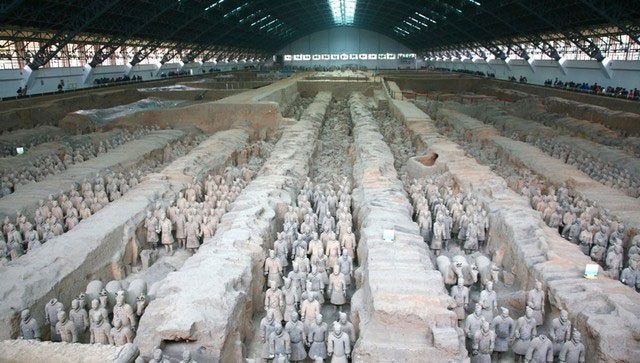
Excavating the tomb of Qin Shi Huang presents a significant technological and preservation challenge. The enormous size of the tomb, along with its complex structure and valuable artifacts inside, requires advanced techniques and vast resources to excavate without causing damage. Preserving artifacts post-excavation is also a major concern. Scientists worry that exposure to air and humidity after excavation could seriously damage the artifacts.
In fact, many archaeological teams have previously applied for permission to excavate the tomb of Qin Shi Huang but were unsuccessful. At that time, many factors were considered. Firstly, the royal tomb has been buried for a long time, with a tightly sealed layer above it. If the tomb were opened, many treasures could oxidize due to environmental issues inside and outside, potentially damaging the tomb, and consequently, many valuable cultural relics within the tomb could be lost.
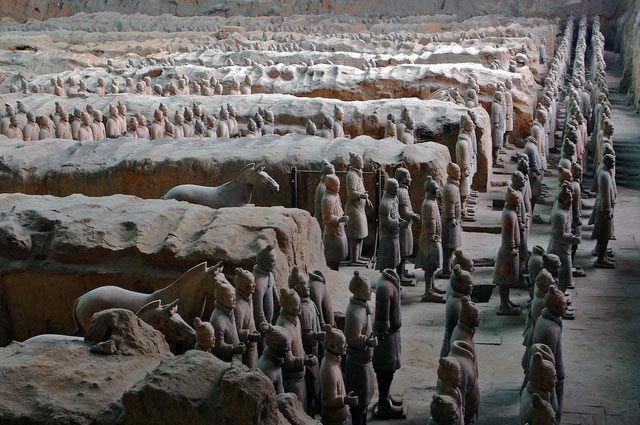
Excavating the tomb of Qin Shi Huang has sparked debate about historical and ethical values. Some argue that excavation would enhance our understanding of Chinese history and the Qin dynasty. However, others are concerned that excavation would destroy precious cultural heritage and show a lack of respect for the emperor.
Secondly, excavating the tomb of Qin Shi Huang is not an easy task. According to information from Sohu, a significant amount of special technology was used in constructing the tomb of Qin Shi Huang. Relying only on the archaeological technology of that time would not allow for smooth excavation, and if the tomb were to collapse, it would be a tremendous loss for the global archaeological community.
Moreover, excavating the tomb of Qin Shi Huang is an expensive project requiring huge funding for research activities, personnel, equipment, and artifact preservation. Securing sufficient funding for this project poses a significant challenge for archaeologists and local authorities.
To date, archaeologists have discovered through modern tools that the body of Qin Shi Huang contains a large amount of mercury, necessitating high technical requirements for excavation. Although archaeological technology has significantly improved, we still hesitate to excavate this tomb because no one knows whether direct excavation would cause severe damage to the royal tombs.
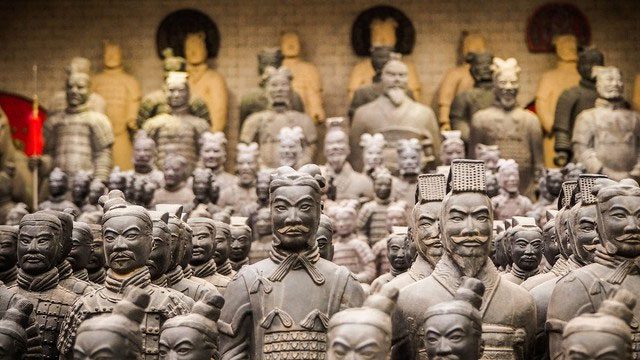
Modern archaeological technology has made remarkable advances; however, excavating a complex tomb like that of Qin Shi Huang remains a significant challenge. Scientists need more advanced methods and techniques to protect the artifacts and structures inside the tomb during the excavation process.
The tomb of Qin Shi Huang harbors countless historical and cultural mysteries, but excavating it poses numerous risks and challenges. Archaeologists continue to research and seek solutions to excavate the tomb safely and effectively, maximizing the preservation of this invaluable heritage for future generations. The excavation of the tomb of Qin Shi Huang promises significant historical discoveries; however, it requires careful consideration and close cooperation among archaeologists, scientists, and authorities to ensure the excavation is conducted scientifically, responsibly, and with respect for cultural heritage.










































